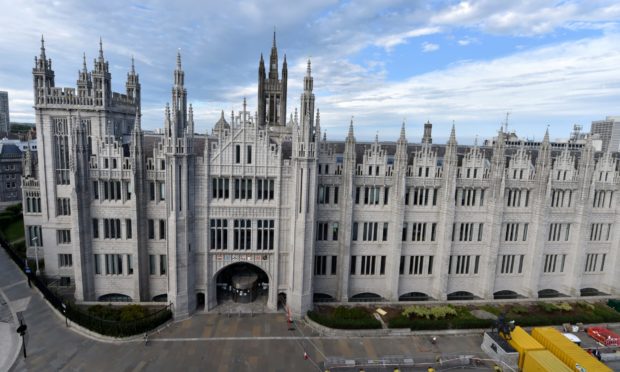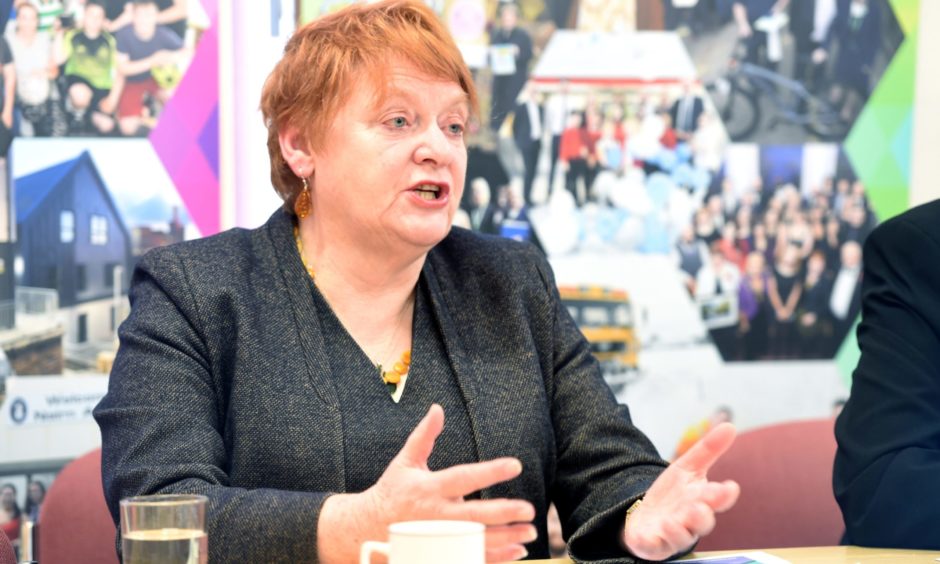Scotland’s Accounts Commission has warned there remains a “historic difference” in Scottish Government funding for councils compared to other areas.
Today the public spending watchdog has published its annual report on local government finances.
The review has revealed the country’s 32 councils received a £500 million increase during 2019/20, nearly half of which was dedicated to the expansion of early learning and childcare.
However, despite the recent rise, the Accounts Commission has warned there remains a “historic gap” for councils compared to other areas of Scottish Government spending.
Legacy of funding drops for Scottish councils
Statistics published in the report show that funding from the Scottish Government to local authorities has reduced by 4.7% in real terms between 2013/14 and 2019/20 – compared to a 0.8% decrease for other areas.
Yesterday concerns were raised the report shows councils are being increasingly less flexibility in how they spend their cash while larger amounts are ring-fenced for government projects.
Elma Murray, interim chairwoman of the Accounts Commission, said: “Scottish Government funding accounts for the majority of council income.
“After several years of reductions in funding, there has been a real terms increase in 2019/20. It is important to note though that around 40% of the increase was intended to meet the Scottish Government’s policy of expanding early learning and childcare provision.
“As we have reported before, councils have limited flexibility over how they use this type of additional funding.”
Calls for Scottish Government flexibility to help sustain services
The report also warns there has been a 30% reduction in capital funding for councils for 2019/20, which will impact on long-term investments in infrastructure.
Meanwhile, local authorities are expected to rely on reserve funds to cope with the extra costs and loss of income from Covid-19.
Highland Council leader Margaret Davidson said: “The Cosla summary of the past seven years shows clearly that local authorities have had a 10% reduction in core funding.
“That is the money that keeps our waste collections going, our potholes filled and our vulnerable children and older people safe. At the same time the costs and need have grown – that is where the squeeze is showing.”
Aberdeen City Council co-leader Douglas Lumsden said: “We in Aberdeen are most affected by Covid-19 as Aberdeen City Council receives the lowest grant of any of the seven cities in Scotland.
“Local government should be about providing local services, however the SNP has ring fenced more and more of our money meaning we are unable to prioritise on spending on communities because the Scottish Government ring-fenced money means we must focus on their priorities.”
Aberdeenshire Council leader Andy Kille said: “Whilst Aberdeenshire did receive a modest increase in funding last year, there were significant sums ring-fenced for areas to be enhanced.
“This meant that the amount of budget available for more normal services was many millions of pounds less than required.”
The report also highlighted a “significant” improvement in Moray Council’s finances with its reserves fund increasing by £7m in 2019/20, compared to a £5m drop the previous year.
A Scottish Government spokesperson said: “When the 2019-20 local government finance settlement was set, the Scottish Government’s resource budget from the UK Government – excluding health – was 7.8% lower in real terms compared to 2013-14.
“The Scottish Government remains committed to passing on every penny of additional health resource from the UK Government which has a direct impact on all other areas of the Scottish Budget.
“Despite a decade of UK Government austerity measures, Scotland’s local authorities have enjoyed a cash-terms revenue budget increase of 3.6% over the period 2013-20. English local authorities have faced a cash-terms revenue budget reduction of 14.7% over the same period, equivalent to a real-terms reduction of 22.8%.
“The pre-Covid-19 2020-21 settlement of £11.4 billion, provided a real terms increase in local government day to day spending for local revenue service’s 3.9%.”

